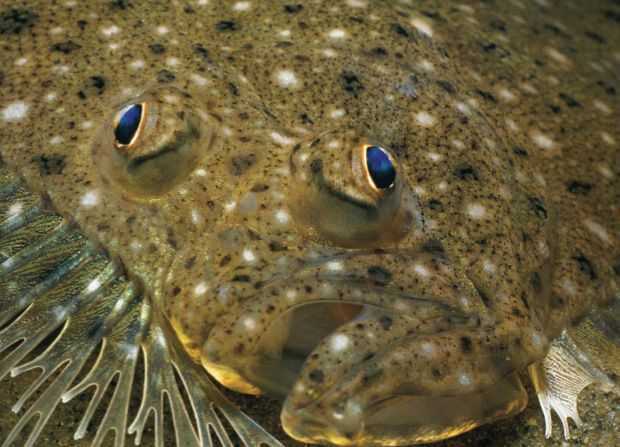There are many good reasons why our location on the upper end of the Texas Coastal Bend supports such a rich fishery, but probably the most important reason is the number of access points to the open waters of the Gulf that allows water to flow directly into our bay systems. There’s the Gulf access at the far east end of East Matagorda Bay, the mouth of the Colorado River that separates East and West Matagorda Bays, the Matagorda Ship Channel big jetties directly to the east of Port O’Connor, and then there’s Pass Cavallo, Saluria Bayou, Big Bayou, and the little jetties at Port O’Connor that help feed Gulf water out of West Matagorda Bay and into Espiritu Santo Bay and on into San Antonio Bay. Because of the abundance of structure in our passes and jetties, as well as the positive flow of Gulf water, our Bay areas are paradise for many coastal anglers.
Anglers can often locate speckled trout and red fish nearly every month of the year along our section of the Texas coastline. However, finding flounder as consistently is not as easy. These coastal flat fish do not endure cold temperatures very well, and usually search for warmth in deeper water. But April is about the time when the flounder start making their spring trek back into the bay systems from their wintering grounds in neighboring Gulf waters. So, if it’s flounder that you’re after, our region of the Texas coast is a good place to be right now.
My personal experience with flounder fishing started decades ago when I was just a boy, and has since led me to believe that these fish, for whatever reason, tend to be attracted to structure much more so than do trout or reds. And when I say structure, I mean almost anything you can imagine. There are the typical structural items that include grass-covered sand flats, and oyster reefs that are covered a thin layer of mud. But the list doesn’t stop there when it comes to flounder. I’ve caught flounder at the base of fence posts, around pier legs, and on top of flat pieces of concrete in the water. Heck, one day I even walked up on a flounder that was sitting atop an old refrigerator that was in waist-deep water.
That flounder just sat there as if it was sunbathing, and it didn’t appear to be startled by my presence in the least. Go figure!
Some folks prefer hunting springtime flounder out of a boat that’s rigged properly for shallow water. Many claim that this tactic allows them to cover quite a bit of shoreline in much less time, but I prefer to always get out of the boat and wade. I think doing so allows for a much more quiet approach, and it also offers me the opportunity to thoroughly investigate the area in which I’m fishing.
Some of the sport’s most seasoned veterans will argue that there’s no better bait for flounder than a mud minnow. I’ve heard that all my life, and I still hear it at boat ramps and at cleaning tables to this day. I’ve never used mud minnows when fishing for flounder, so I can’t weigh in on this argument. My Dad was a true “plugger,” so he had me throwing artificial hardware from day one of my fishing career. I grew up dragging Queen Bingos or gold and silver Johnson Sprite spoons across the bay floor whenever I wanted to try to catch a flounder, and we caught our fair share doing so. Years later, I discovered many different colors of the Mister Twister line of plastic curly-tailed baits that the flounder seemed to absolutely love. I’ve even had a couple of flounder hit my top water lures while fishing in less than four feet of water. Now that’s exciting to see!
Once you decide which structure to approach and which bait you are going to use, you will still need one key-ingredient for successful
flounder fishing, and that is water movement, or current. These flatfish don’t move around a lot; instead, they like to sit stationary in one spot on the bay floor while they let the moving water wash food in their direction. Water movement is favorable in most any fishing scenario, but it is downright crucial for successful flounder fishing.
There are many ways to set up to take full advantage of moving water, but I have found only one way that has been effective almost every time I’ve used it: I refer to it as the reverse-funnel method, and it’s really very simple. It works like this:
1. Locate a small bayou or inlet where water will drain out of a back lake area and into a larger body of water like the main bay system (Smaller body of water into a larger body of water).
2. About an hour before the peak time of the next falling tide, set up to wade along the shoreline near or at the mouth of the inlet. As the water is pulled out of mouth of the back lake, substantial amounts of sediment and food are also washed into the main bay system by the force of the falling tide. When this happens, you need to be in place and ready for action.
A lot of “old salts” might even tell you flounder fishing doesn’t get any better than that, unless of course you happen to be doing this right at, or around, the time of a full moon.
Be safe! Be courteous! And, have fun!
[easy-social-share]
